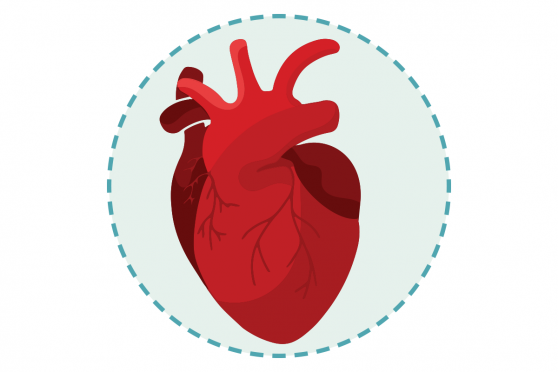Is Your Dry Cleaning Hazardous to Your Health?
We dig into the health and environmental safety of professional dry cleaning and find better alternatives

Dry cleaning is a bit of a mystery. Your clothes go into the cleaners, get "cleaned" but without soap or water, and come out spotless with a faint "dry cleaning smell." Mysterious. So how does dry cleaning really work and does it affect our health and the environment?
What's Really In There?
Dry cleaning is not a liquid-free process. The "dry" actually indicates that water isn't used. Instead, clothes are cleaned in a liquid solvent that removes oil and residue. They're then pressed, steamed, and given back to you as fresh as when newly purchased.
The most commonly used solvent is chlorine-based perchloroethylene (PERC). Unfortunately, PERC isn't the safest way to clean clothes, both in terms of human and environmental health, although there are federal guidelines in place to make the process safer.
PERC is a potential carcinogen, and long-term exposure to PERC can cause dizziness, impaired judgment, organ damage, respiratory disease, reproductive problems, and certain forms of cancer. Chances are you're not spending hours playing with PERC solvents, so it’s more of a concern for dry cleaner employees than you as a consumer. However, PERC is a harmful air and water pollutant. Another major safety hazard of PERC is that it's flammable. Even with all these concerns, PERC used in dry cleaning wasn't regulated until 1993, with an amendment to the Environmental Protection Agency’s (EPA) Clean Air Act. That's decades after cleaners began using PERC during the 1940s.
But the difference between "regulated" and "safe" is hazy. "The 1993 [amendment] gave 'good housekeeping' regulations for PERC; the best practices and approaches. It was basic guidelines for the continued use of PERC," says Peter Sinsheimer, Ph.D., MPH, executive director of the UCLA's Sustainable Technology and Policy program. PERC regulations dictate safe usage amounts, although even with these regulations there are still safer, better alternatives out there. So why isn't everybody ditching PERC?
Today, PERC is still used by the majority of dry cleaners (numbers vary state to state), although the EPA and individual states have started work to phase it out by introducing safer, less environmentally harmful cleaning methods, primarily focusing on the health and eco-friendly"wet cleaning." A big reason as to why PERC is still being used is because the majority of dry cleaning machines are designed for it. There are cleaning solvent alternatives that can use the same machines, often petroleum-based, but these solvents are actually much more flammable and were actually replaced by PERC. Instead of going backwards with our dry cleaning safety, it's time to give a few more eco- and health-friendly options a try.
Safer Alternatives
Wet cleaning is a non-toxic, non-combustible form of professional cleaning, and here's the secret: It's essentially professionals using washers and dryers to clean your "dry clean only" clothes.
Most professional wet cleaners utilize a combination of computer-controlled washers and dryers, mild laundry detergents, and professional expertise. Because of the eco-friendly detergents (which are milder even than your basic store-bought detergent), wet cleaning is both safe for the environment and your health. The only by-product of wet cleaning, besides your newly cleaned clothes, is steam. “It is certainly not a fire hazard and it’s much more energy efficient [than PERC cleaning]. The only emission is [from the water that's used],” Sinsheimer says.
As it turns out, you can wet clean most “dry clean only” clothing items, though you should check the EPA site to make sure. Wools, cottons, silk, chiffon, furs, ornate beadwork, and embroidery can all be wet cleaned. A wet-cleaning care label for clothing doesn’t exist yet, though Sinsheimer says he's working with the U.S. Federal Trade Commission (FTC) on one.
When you take your clothes to get cleaned, ask what kind of solvents your cleaner uses. If it’s carbon dioxide-based, it's a good alternative to dry cleaners that use PERC, although wet cleaning is ideal. Liquid CO2 cleaner is non-toxic and nonflammable, which already puts it two steps ahead of PERC in terms of safety. If your cleaner mentions PERC or a petroleum-based solvent, it's time to look for a new cleaner. New York, Massachusetts, and California have provided funding to help dry cleaners evolve into professional wet cleaners. At-home wet-clean washers and dryers are in development, Sinsheimer says.
However, there is always the tried-and-true "steam cleaning" method. When you're taking a hot shower, hang clothes you'd like to steam clean on hanger off a door or towel rack and make sure to close your windows and vents. The hot steam from a long shower will remove creases and leave clothes smelling fresh. Just like they went to the cleaners!



